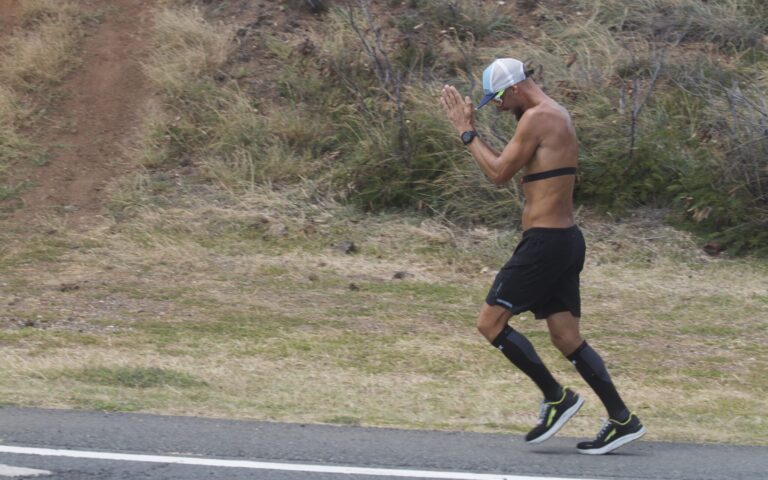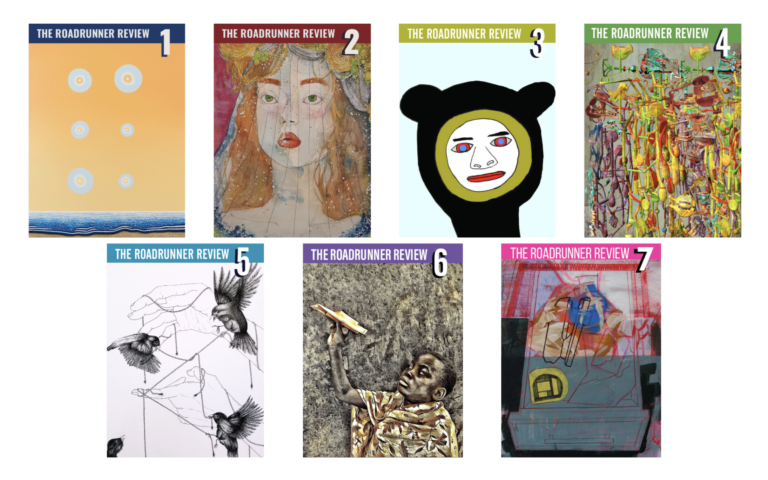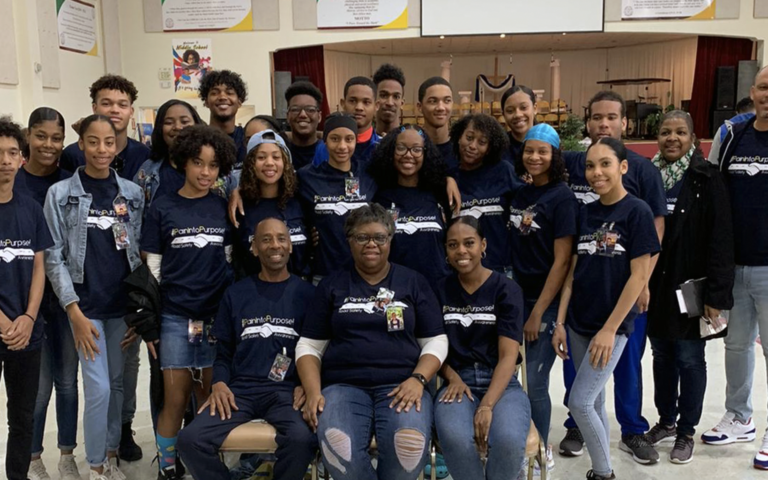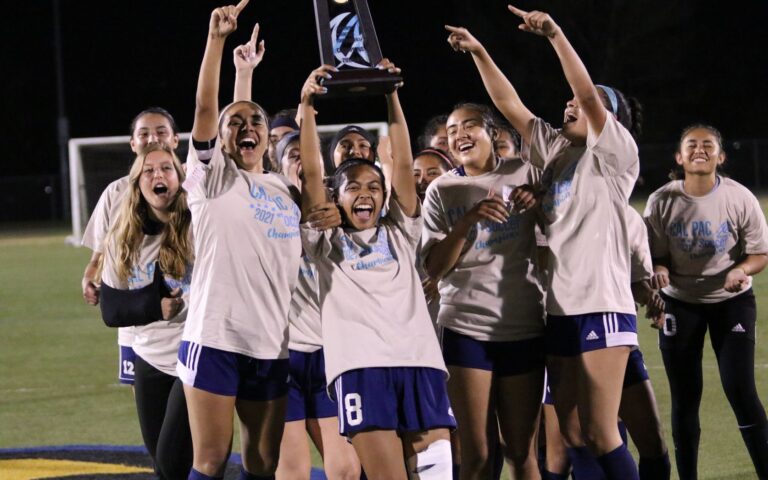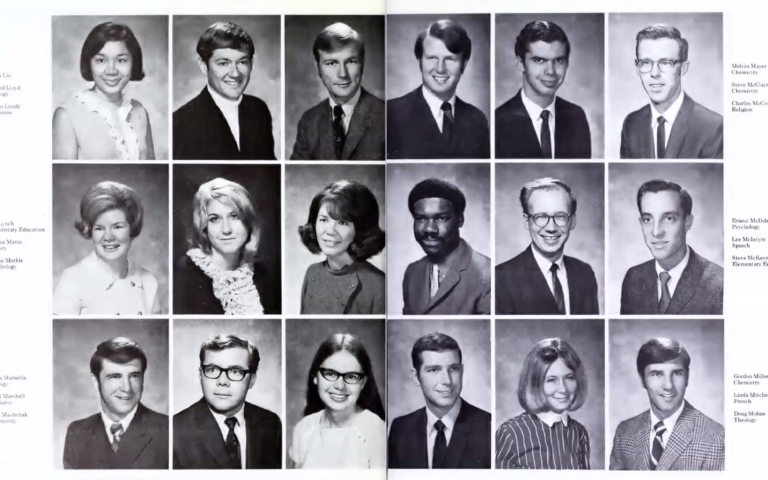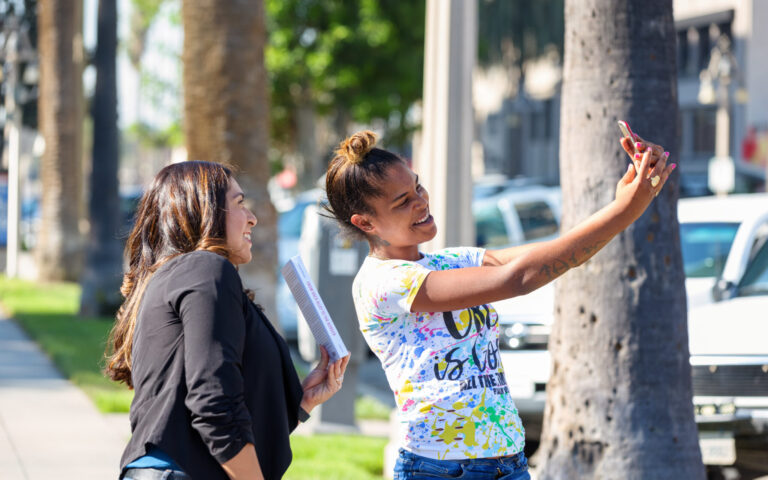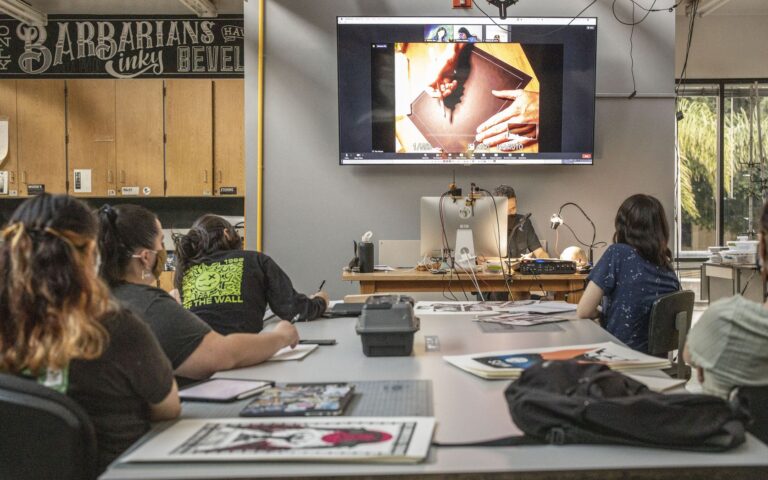by Scott Steward
La Sierra grad Sergio Florian (Health Science, ’02) broke the record for running the 135-mile perimeter of Oahu on February 28. The physical therapist circled the entire island in 27 hours, 15 minutes, eclipsing the four-month-old record by about five hours. “I had to take the next day off from work,” Florian said.
His motto? “Movement is Life.”
“We are built to move, to walk long distances for days to get somewhere, no matter our age. We should all move a little more. That’s my message,” he explained.
Florian has set his sights on completing the run again, ideally finishing it in 24 hours. He admitted it took several weeks to fully recover from the 27 hour trek, but he was running again within the week. “You have to keep moving,” he advised.
“Sergio is not wrong. Movement is life. The more active a person is, the longer and more healthful life they can live,” says Dr. Leslie Martin, one of La Sierra University’s psychology faculty and co-author of The Longevity Project.
For years, Martin has done research on health and longevity. One of her primary areas of focus has been personality and psychosocial predictors of health and mortality risk. Through her work, she has shown how and why exercise is linked to lower mortality and a variety of psychological benefits.
She describes that after intense, or even moderate exercise for some, there is a calming, de-stressing benefit. While stress stimulates the body’s fight or flight response—a biochemical rush of adrenaline and cortisol—exercise causes an increase in endocannabinoids which can rebalance and calm the mind and body. This is just one of many mental and physical rewards of purposeful movement.
It may sound exhausing, but don’t compare yourself to endurance athletes. “People do not have to be like Sergio with an intense exercise regimen,” Martin clarifies. “You can simply garden, dance, walk, run…just find what you like and do it consistently. We are indeed designed to move. Not many truly experience what is called a ‘runner’s high’ in which endorphins are released to create a euphoric state. Endorphins do not cross the blood-brain barrier, but endocannabinoids do. That’s why even moderate exercise, especially outdoors, delivers physical, mental, emotional, and cognitive benefits,” she adds.
Martin explains that two of the ways in which exercise can improve cognitive functioning is through creation of new neurons, and increased vascularization to nourish the neurons that are already there. The increased blood flow increases working memory and improves a person’s ability to switch tasks more effectively, efficiently, and with better focus.
“Strong personal connections are also important for living a longer, more vibrant life. Exercising with others fosters healthy behaviors, and provides motivation, encouragement, and accountability,” she says. “Surround yourself with key people you can count on to help keep you going and remind you of how far you’ve come.”
According to a feature on KHON 2 News, Florian battled strong winds and heavy rains which forced him to slow to a walk-and-jog pace near the end of the run. His fitness tracker was providing a continuous live feed to his Facebook, Instagram, and website where he was followed by thousands. He was averaging an astounding 9:59 mile split at the 90-mile mark with a heart rate of just 114.
Florian has competed in Hawaii’s Iron Man Triathlon, the Boston Marathon (one of 10 marathons), two 100-mile ultra-marathons, and several other ultra-marathons of various distances…all since beginning his pursuits at age 30. He will take on the 58-mile West Maui Loop on June 5, his 42nd birthday.
He has not done this on his own—and could not, by his own admission. He has the full support of his family, his patients, and his community. He works with a trainer and running coach who is a professional triathlete, and who rode alongside him on a mountain bike for all 27-plus hours.

Sergio and his coach during the run
“Somehow pushing through mentally, I was able to keep going even though my body was like, ‘how long can I do this for?’ But I just kept going,” Florian said. “I was able to keep going up until a certain point. I did end up having to walk and jog the last 20 miles.” (For reference, a marathon is 26.2 miles.)
“I want to pass all this energy and enthusiasm on to my clients,” he explained. “Some are stroke or spinal cord injury victims, others have MS or Parkinson’s, still others have had auto or other accidents. They tell me my training inspires their therapy and gives them confidence, but it’s their dedication and hard, successful work that inspires me.”
“The support of the community has been unbelievable,” Florian said. “I had people from all over the island, including many of my clients, stop and honk, say hi, give fist bumps, wave, shout, and raise signs of encouragement, block intersections for us to pass through. [They] lit our path with headlights, blew conch shell horns, and offered drinks and snacks. I couldn’t be more thankful to each of them.”

Sergio and family post-run
Florian attended La Sierra Academy where he played volleyball, skated, and surfed when time allowed. He met his wife Diane in a core class at La Sierra University and they married while he was earning his doctorate in physical therapy at Loma Linda University. She went into HR for the Crazy Shirts brand and is instrumental in all his successes.
Together they own Wellness, Neuro & SCI in Honolulu, a gym for patients, and WellnessNeuro.com. Diane and their two kids joined him for most of the journey—in a van—doling out water, electrolyte drinks, energy bars, other high-carb snacks, fresh shoes and socks, and lots of encouragement.
“It’s all about having other people help you with your goals,” said Florian. “You can’t just do it alone.”

